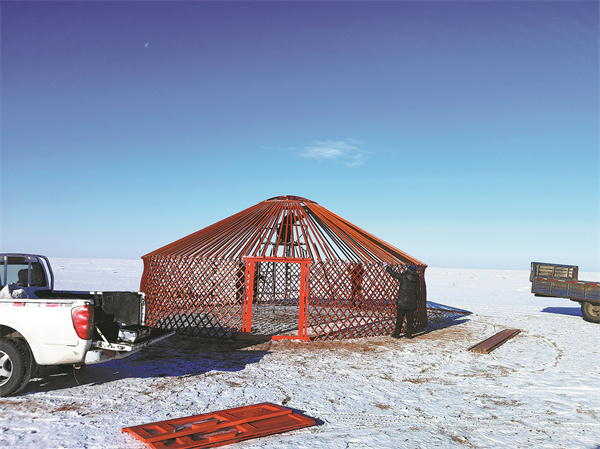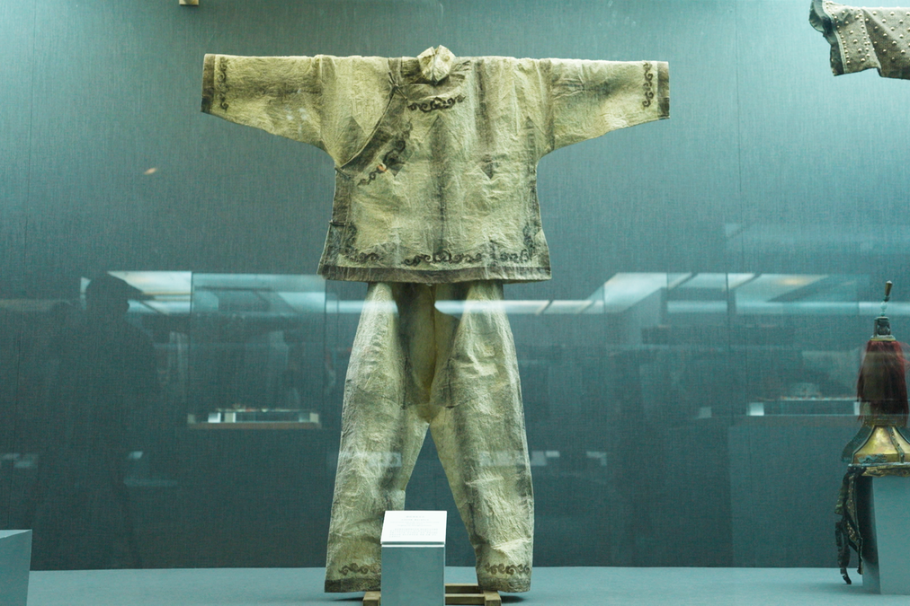Yurt culture continues to stand the test of time
Brothers restore and manufacture nomadic structures to include modern updates, giving public a peek into history, Yang Feiyue reports.
By Yang Feiyue | China Daily | Updated: 2024-11-02 10:38

As Mongol tribes pledged allegiance to the rising Qing Dynasty (1644-1911), Qing emperors often held formal ceremonies and banquets inside enormous yurts to make the visiting tribal leaders feel welcome.
"Early yurts for civilians were simple, made from wood and animal hides, with a structure of wooden poles that could easily be dismantled and reassembled. The circular shape provided strength and resistance against high winds," Ban says.
Witnessing his grandfather and father building yurts for local herdsmen, Ban followed in their footsteps out of "a sense of belonging and responsibility".
The construction technique of the yurt involves drawing a circle on the ground. Based on the size of the circle, several wooden strips are woven into a lattice structure to form the walls. Once the walls are built, the umbrella-shaped roof is connected to the wooden lattice. The framework is then covered with felt and tied down with rope.
























